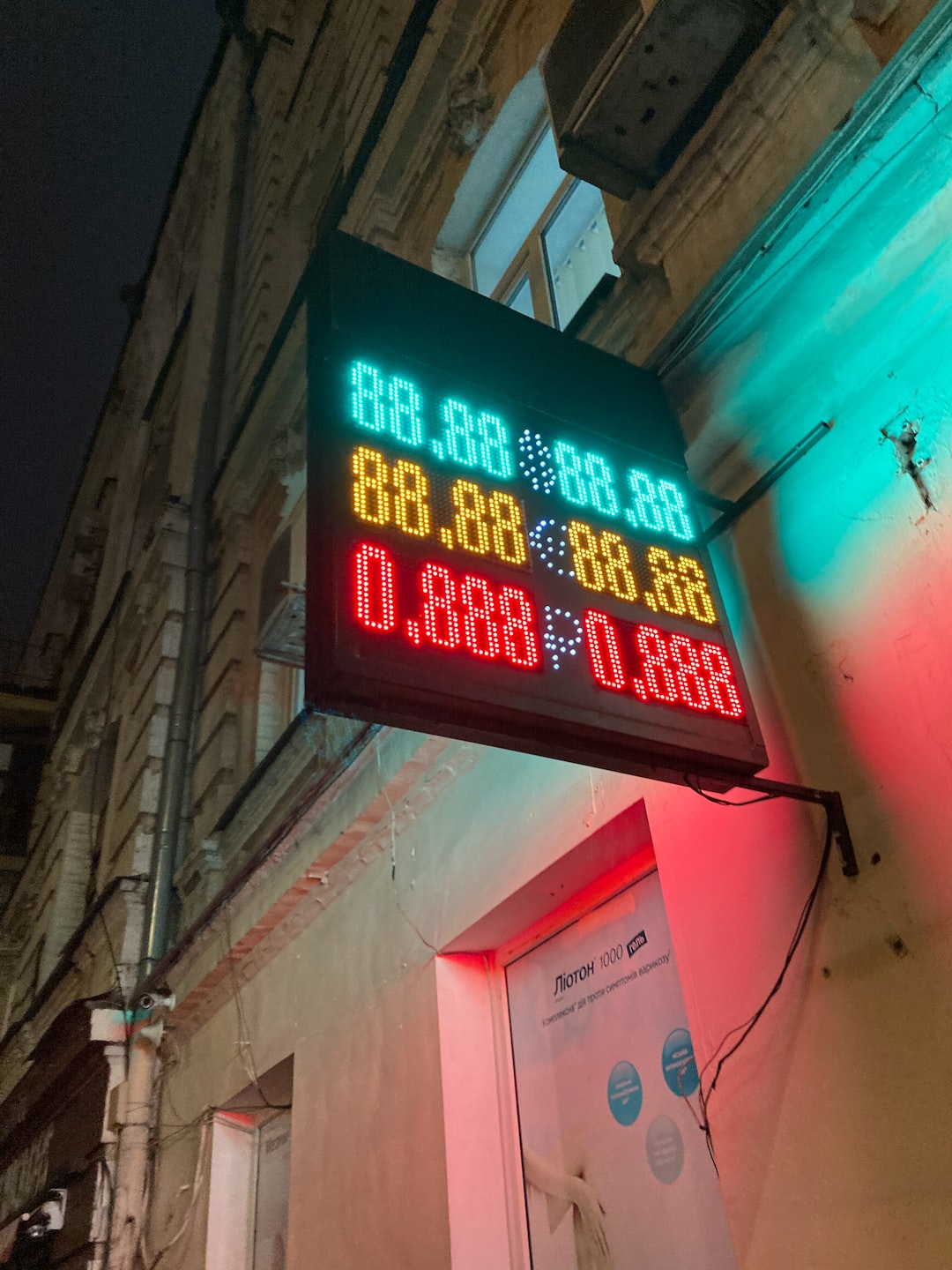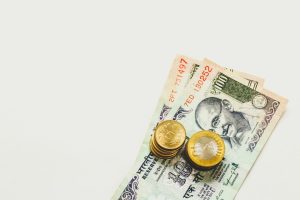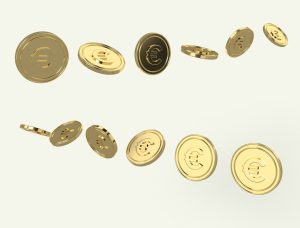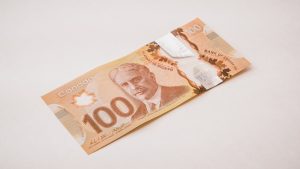The forex market is one of the most popular financial markets in the world, with trillions of dollars traded every day. Forex trading offers investors the opportunity to profit from the fluctuations in exchange rates between different currencies. One of the key features of forex trading is leverage. Leverage allows traders to control a large amount of capital with a relatively small investment. In this article, we will explain what leverage is in forex trading and how it works.
What is leverage in forex?
Leverage in forex refers to the ability to control a large amount of capital with a relatively small investment. In other words, it is a way of borrowing money from a broker to increase the size of a trade. Leverage allows traders to magnify their potential profits, but it also increases their potential losses.
For example, if a trader wants to buy $100,000 worth of a currency pair, but only has $1,000 in their trading account, they can use leverage to control the full $100,000. If the leverage ratio is 100:1, the trader would only need to put up $1,000 in margin to open the trade. The broker would lend the trader the remaining $99,000.
How does leverage work?
Leverage works by using borrowed money to increase the size of a trade. The amount of leverage a trader can use is determined by the broker they are trading with. Most brokers offer leverage ratios ranging from 50:1 to 500:1.
The leverage ratio is the amount of money a trader can control with every dollar they have in their trading account. For example, if the leverage ratio is 100:1, a trader can control $100 for every $1 they have in their trading account.
Leverage is usually expressed as a ratio, such as 50:1 or 100:1. The first number in the ratio represents the amount of capital the trader is putting up, while the second number represents the amount of capital the broker is lending them.
The amount of leverage a trader uses depends on their trading strategy and risk tolerance. Using too much leverage can lead to large losses if the trade goes against them. Traders should always use caution when using leverage and never risk more than they can afford to lose.
What are the benefits of leverage in forex trading?
The main benefit of leverage in forex trading is that it allows traders to control a larger amount of capital with a smaller investment. This means that traders can potentially make larger profits than they would be able to with their own capital alone.
In addition, leverage can also help traders to diversify their portfolio by allowing them to trade multiple currency pairs at the same time. This can help to spread the risk and reduce the potential for losses.
What are the risks of leverage in forex trading?
The main risk of using leverage in forex trading is that it increases the potential for losses. If a trade goes against a trader, they can lose more than their initial investment. This is known as a margin call, which occurs when the trader’s losses exceed the amount of money they have in their trading account.
In addition, using too much leverage can also lead to emotional trading. This is when traders become overly confident or greedy and start taking on more risk than they should. Emotional trading can lead to large losses and can be difficult to recover from.
Conclusion
Leverage is a key feature of forex trading that allows traders to control a large amount of capital with a relatively small investment. While leverage can help traders to potentially make larger profits, it also increases the potential for losses. Traders should always use leverage with caution and never risk more than they can afford to lose. By understanding how leverage works and using it wisely, traders can potentially increase their profits while minimizing their risks.





